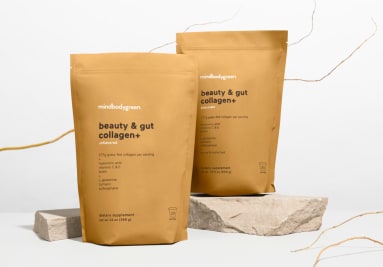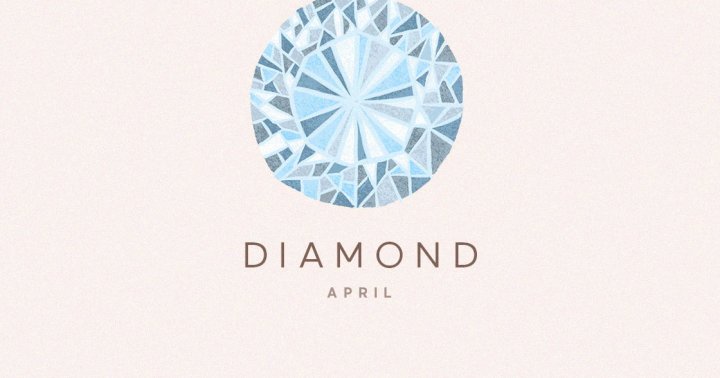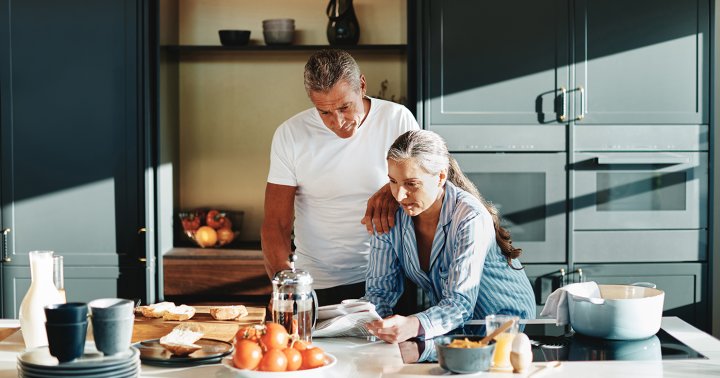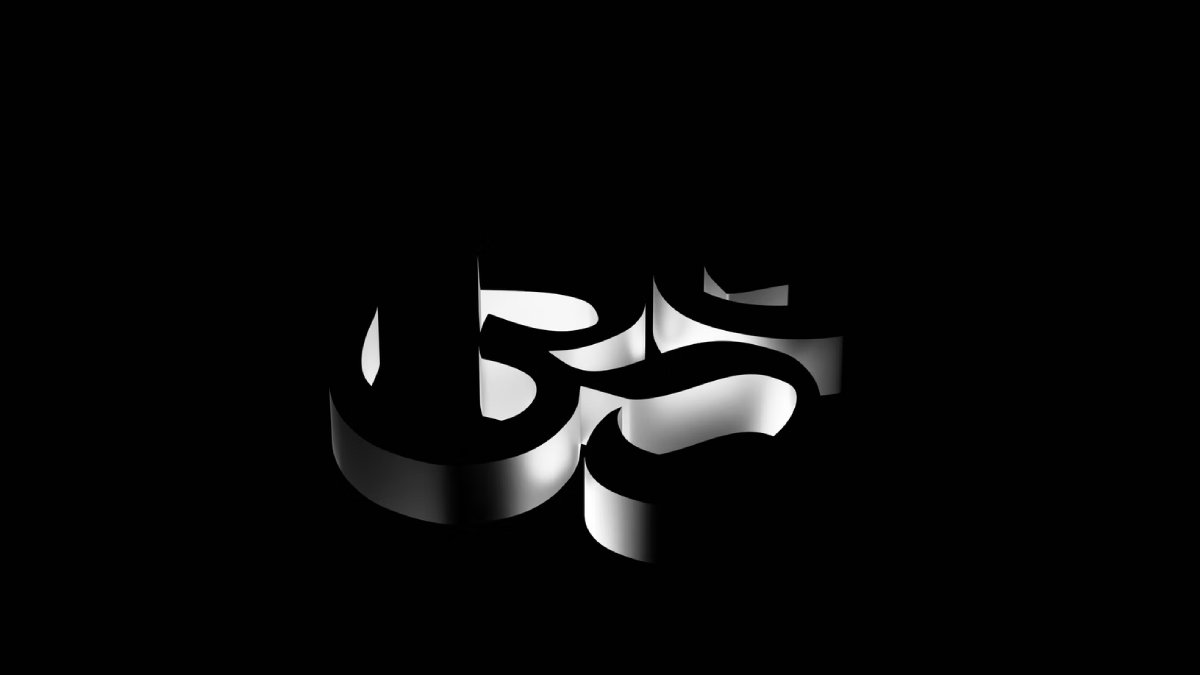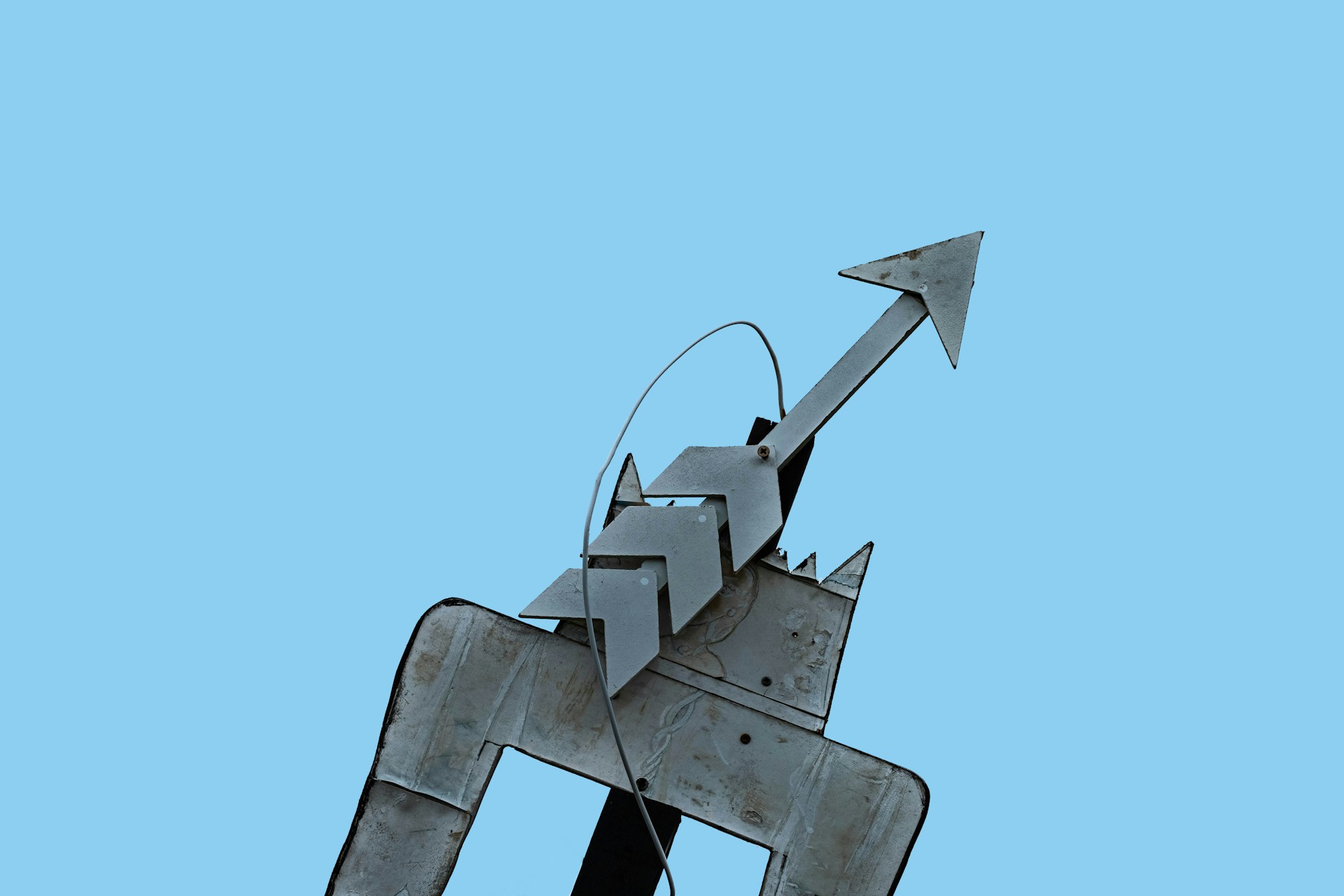Do Facial Exercises Actually Work? Derms & Chinese Medicine Docs Weigh In
Some things that blow up on TikTok blow up for a reason—others not so much.
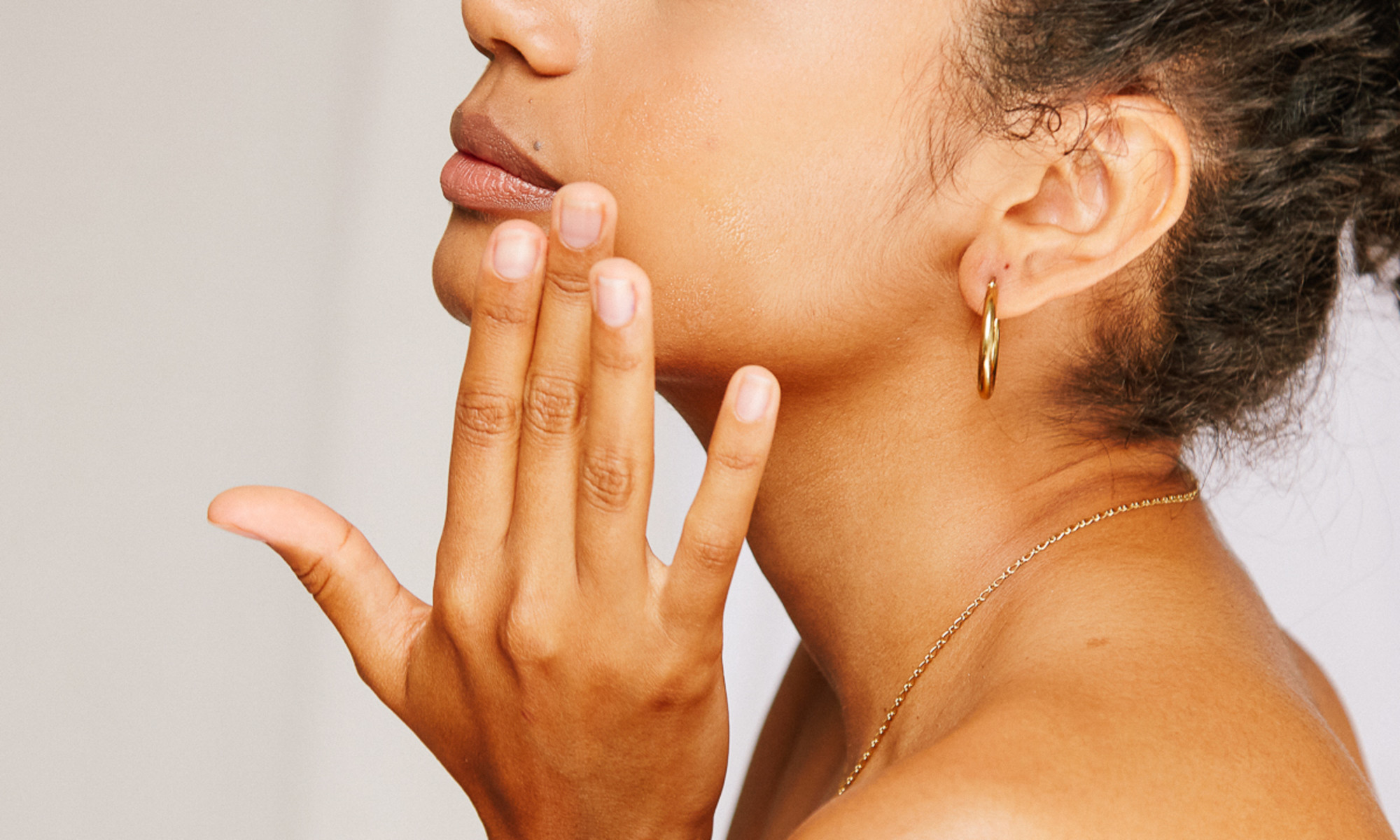

mbg Assistant Beauty Editor
mbg Assistant Beauty Editor
Hannah Frye is the Assistant Beauty Editor at mindbodygreen. She has a B.S. in journalism and a minor in women’s, gender, and queer studies from California Polytechnic State University, San Luis Obispo. Hannah has written across lifestyle sections including health, wellness, sustainability, personal development, and more.
Image by Leandro Crespi / Stocksy October 31, 2022 Our editors have independently chosen the products listed on this page. If you purchase something mentioned in this article, we may Some things that blow up on TikTok blow up for a reason. Translation: They actually work as they’ve been hyped up to. Take rosemary oil for thicker locks as an example—this botanical oil has a long history and a few clinical studies proving its efficacy for hair growth, TikTok just spread that information at warp speed. That’s not the case for all trends on TikTok, to say the least. As of late, facial exercises have been popping up on FYP’s everywhere, with users claiming to lose facial fat or create a more lifted frame from doing these exercises alone—but is it true? Here’s what experts say. 
Advertisement
This ad is displayed using third party content and we do not control its accessibility features.
The truth behind facial exercises.
There's a lot to unpack when getting into facial workouts. Let's go over some of the nuance.
Do they work? It's not a yes or no answer.
So let’s get to the point—facial exercises work for some goals and some people, but not others. It’s also important to note that it’s not a streamlined answer, given that many facial exercise techniques, tools, and traditions exist.
Think of it like you would full body workouts: Not every type of workout will glean the same result, nor it will it work for every frame. Some folks respond better to HIIT, while others prefer yoga. Pilates can help sculpt lean muscles, while jogging can improve cardiovascular health and endurance. Tennis can help with core work and coordination, while biking is easier on the knees and joints.
All forms of movement are valid, they just have different purposes.
Advertisement
This ad is displayed using third party content and we do not control its accessibility features.
Depuffing and fat loss are two very different things.
Some people claim that facial exercises can reduce fat pads in the face. But that brings us to another important caveat: “Depuffing” the face and altering surrounding fat are two completely different motives, and thus require different modes of action.
If you want to lose fat around the face, facial exercise alone won’t make that happen, no matter the move—the same is true for the entire body. This is because spot fat reduction isn’t possible—as research has proven with the abdominals1 and other targeted fat-loss studies2. Instead, practice eating clean, exercise often, and most of all—be patient, as healthy and sustainable weight loss doesn’t happen overnight.
However, some forms of facial exercises can be effective at temporarily reducing the appearance of facial bloat. So if you wake up in the morning looking puffy, facial manipulation can help ease this.
It's not clear if it helps with "anti-aging."
Another popular reason to take up facial exercise is the hope of magically reversing skin aging. That, we must admit, is still up for debate. One small 2018 study3 showed that a 30-minute daily or alternate-day facial exercise program sustained over 20 weeks may modestly improve the facial appearance of selected middle-aged women.
While these results are potentially promising, the study wasn’t large enough or diverse enough to stand alone, so more research is needed.
However, it is true that facial exercises like massage can encourage blood flow in the face and stimulate collagen production—two factors that are known to contribute to younger-looking skin.
Advertisement
This ad is displayed using third party content and we do not control its accessibility features.
The verdict? There are benefits to facial exercise, just be mindful of what it can and cannot do.
The benefits of depuffing the face, encouraging collagen production, and reducing stress are certainly reasons enough to practice facial massage and movement, so here are a few methods to try out and what benefits they can provide—all backed by research.
Types of facial exercise to try for skin benefits.
Like we noted, "facial exercise" isn't a monolith! There are many modalities you can experiment with to get different results.
Here, three of the most well-researched options for skin benefits.
Advertisement
This ad is displayed using third party content and we do not control its accessibility features.
The gua sha technique has an extremely long and sacred history in Chinese medicine and was used to both prevent and treat disease. As Chinese medicine expert Debbie Kung, DAOM, LAc once told mbg, "Facial gua sha is medicine in your hands.”
Gua sha tools help to encourage lymphatic drainage in the skin and relax the facial muscles. The beauty-centric result is long-lasting facial contour and definition. When used consistently, this kind of massage can help to ease the muscles in the face that cause expression wrinkles in the skin—like horizontal forehead lines or the vertical “11s” in between the eyebrows.
You can learn how to use a gua sha here and find a trusty go-to tool here.
If you want something a bit lower-lift, you opt for a face roller instead. Similar to a gua sha, face rollers have been shown to improve blood flow in the face4. If you pop your roller in the fridge, the cooling effect may momentarily depuff the face as well.
However, face rollers won’t provide as dramatic of results as the gua sha will. “The wide rolling pin shape of the jade roller is less likely to be able to allow for true drainage to de-puff the face,” board-certified dermatologist Hadley King, M.D. tells mbg.
Advertisement
This ad is displayed using third party content and we do not control its accessibility features.
There’s a lengthy list of benefits when it comes to using microcurrent tools on the face. A few notable ones include muscle toning, supporting collagen and elastin production, enhancing topical product absorption, and even reducing wrinkles.
And yes, the latter one is backed by research: One clinical study with 30 women under the age of 45 found that with 30 consecutive sessions (each session being 20 minutes), participants reported improved skin appearance and reduced wrinkle depth.
With microcurrent tools, you can see an instant sculpting effect and after one month of consultant use, you’ll begin to see long-lasting results too. There’s so much more to learn about this topic (including how to spot a grade-A tool), so check out this story if you want to learn more.
Like we noted, face yoga won't magically change the composition of your face, but it may help tone the overall appearance with time. Plus, daily rituals are important — especially if it means you're spending more time caring for your skin.
In addition, it may mean you're thinking more about your daily expressions, notes facial yoga expert Fumiko Takatsu. And this can mean you're more mindful about how you move your face, which could result in fewer expression lines with time.
For example: The practice helps you become aware of those unconscious expressions you might not think twice about (like, say, a furrowed brow as you slouch over your desk).
"I truly believe 20% of the benefits is the exercise itself, but 80% of the results come from the fact that you're paying attention to your facial expressions throughout the day," Takatsu explains. "You catch yourself tightening your shoulders or tensing the forehead."
This theory is anecdotal, but Takatsu has been practicing and teaching facial yoga for years and swears by the method.
Other ways to improve skin's appearance.
If you're here, we assume you're in the market for skin care tips that can make your skin more lifted, toned, and brighter. The good news is that there are many ways to help your skin look it's best.
Check out the expert-approved tips below—with additional resources linked throughout. Getting your healthiest skin is about caring for it from all angles. And while facial exercise can be part of that routine, there are other important steps to take too.
The takeaway.
All of this to say: Facial exercise using tools like gua sha, face rollers, and microcurrent tools can be beneficial for the skin for many reasons, including facial contouring and stimulating collagen production.
However, facial exercise alone won’t lead to fat loss around the face. If the tools aren’t for you and you want to learn how to encourage lymphatic drainage with just your hands, check out this step-by-step tutorial. Or check out our guide to caring for fine lines as you age.

 Hollif
Hollif 